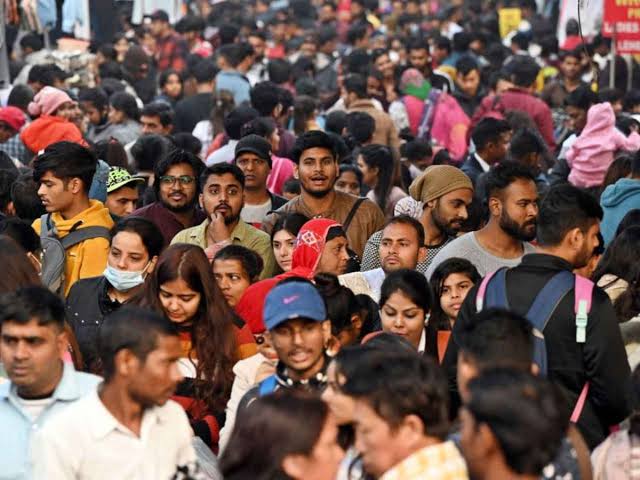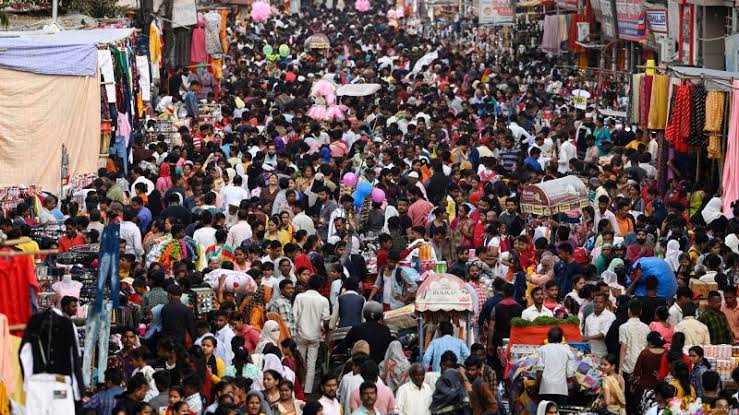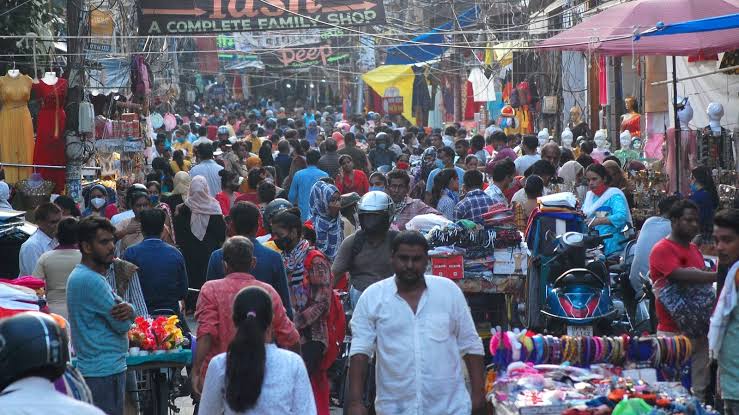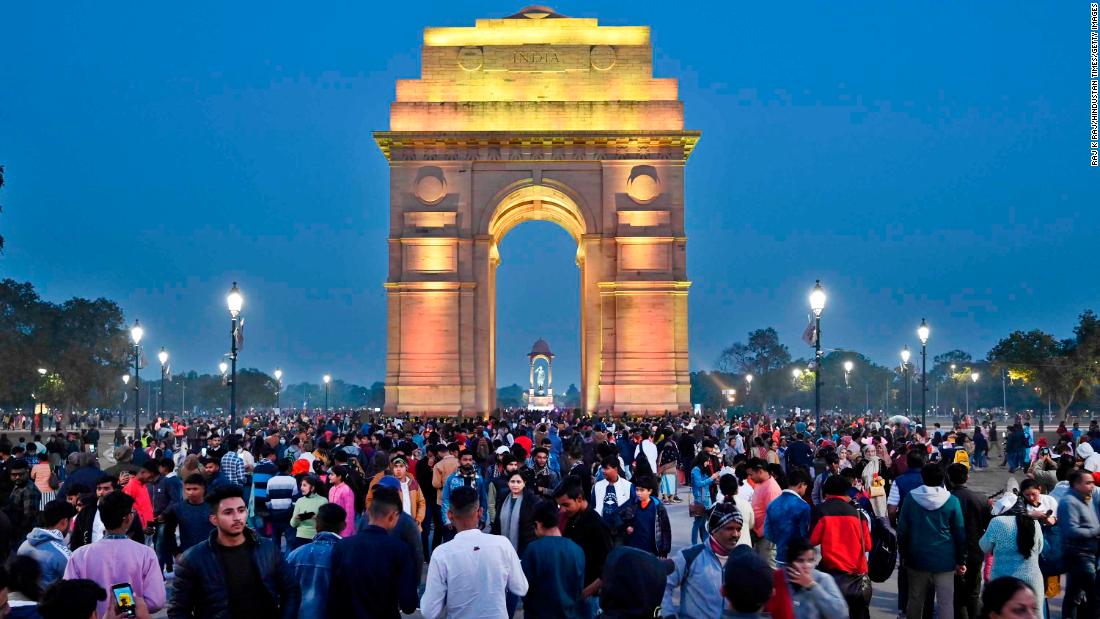New Delhi: By 2100, India’s population of around 1.5 billion will be over twice that of China’s 633 million, highlighting the huge demographic dividend available to the country, according to estimates released by the United Nations on Thursday. India will hit an inflection point in 2085 when its population (1.61 billion) will be double of China’s (806 million), and the gap will only widen in the next few years, said the report.
India and China will be followed in the population rankings in 2100 by Pakistan (511 million), Nigeria (477 million), Democratic Republic of the Congo (431 million), and the US (421 million), with the last being one of the 62 countries in the world where immigration rather than excess of births over deaths or increase in life expectancy is expected to be the major driver of population growth, according to the biennial World Population Prospects (WPP), released by the United Nations Department of Economic and Social Affairs (UNDESA) Population Division. The US’s current population is 345 million.
The report puts India’s current population at 1.451 billion, nine million more than what this number was believed to be two years ago. Although in the realm of projection, these are the most authoritative estimates of India’s population due to the absence of a decadal census after 2011. The 2021 census has been postponed indefinitely, first because of the pandemic, and then for reasons never really disclosed.
The marginal upward revision in India’s population, unlike what demographic alarmists and scaremongers like to claim, is not a sign of an imminent population explosion. While India is expected to be the most populous country in the world throughout this century, the latest WPP projections do not see any major change in India’s larger demographic transition trajectory.
India’s population will reach around 1.692 billion by 2054 before peaking in 2061 at 1.701 billion, according to the report. Interestingly, an aging China is set to lose around half of its population in the next 75 years. The current median age of the Indian population is 28.4 years, compared to China’s 39.6 years and the US’s 38.3 years. By 2100 these numbers will be 47.8 years, 60.7 years, and 45.3 years respectively.
India’s key demographic challenge, according to the report, is not preventing population growth, which is more a result of past momentum, but effectively utilising the limited window it has for exploiting its demographic dividend. India’s working age population, the WPP projections show, will peak by 2049, 12 years earlier than its overall population has peaked. At its peak, India’s working age population will be 1,027 million.
“In about 100 countries or areas, the working-age population (between 20 and 64 years) will grow through 2054, offering a window of opportunity known as the demographic dividend. To capitalize on this opportunity, countries must invest in education, health, and infrastructure, and implement reforms to create jobs and improve government efficiency”, the WPP report says.
The reason for India’s working-age population peaking before its overall population is the country’s declining fertility rate, which is defined as the number of children a woman has in her lifetime. India’s fertility rate had already fallen below the replacement level of 2.1 in 2020 and was 1.962 in 2024. Therefore, future population growth is more a result of the momentum of past growth. In other words, India’s large population in the reproductive age is expected to grow its total population for some more decades even at fertility levels lower than the replacement level. The replacement level is the fertility rate required to maintain population size at a constant size in the long run if there is no migration.
India population 1.45 billion, to double China’s in 2085
0
Related Posts
Trending Now
- Two Odisha Swimmers Shine at KZN Premier Provincial Championship in SA
- 1st ODI: Mandhana, Renuka Power India to Dominating 211-run Win over West Indies
- 2025 Honda Activa 125 Launched — Check What’s New, Price & Availability
- 11th Kalinga Literary Festival from 21 to 23 March 2025 in Bhubaneswar
- England Announce Squads for India Tour, Champions Trophy 2025 in Pakistan I Check Full Squad Here






